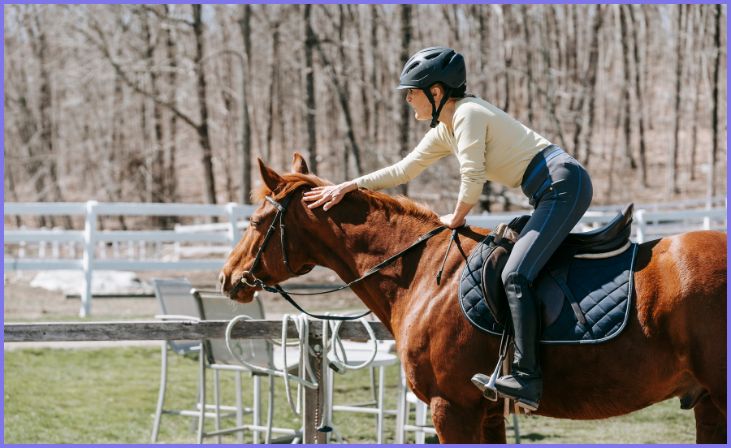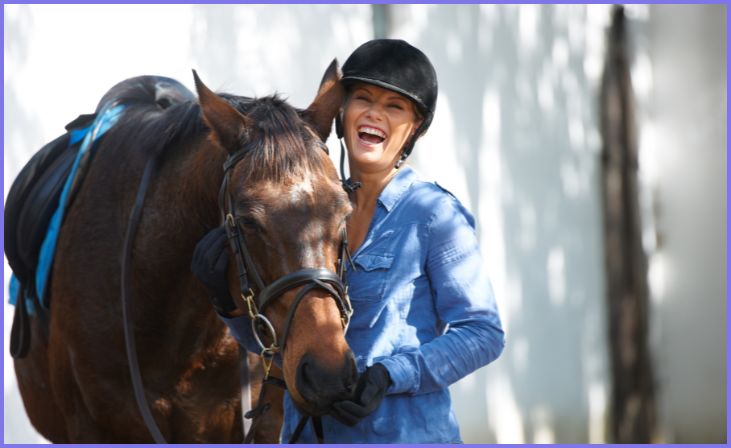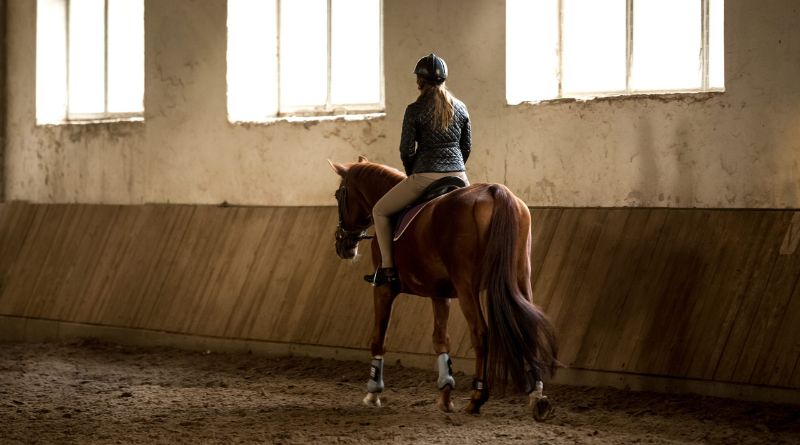Horse riding is not just a sport; it’s a profound connection between humans and these majestic animals. For beginners, embarking on this equestrian journey can be both exhilarating and daunting. Learning the fundamentals of horse riding is crucial for safety, enjoyment, and building a strong foundation. Here are 7 important lessons that every beginner should take to heart.
Lesson 1: Safety First, Always

Before you even mount a horse, understanding safety protocols is paramount. Always wear a certified riding helmet, proper boots with a heel, and clothing that allows freedom of movement. Learn how to approach, lead, and tie up a horse safely. Knowing basic horse behavior and signals can prevent accidents and build your confidence around these large animals.
Lesson 2: The Art of Grooming
Grooming is not only about making the horse look good; it’s essential for their health and well-being. Beginners should learn how to groom a horse properly, including brushing, picking hooves, and checking for any injuries or irregularities. This hands-on time with your horse fosters a bond and allows you to familiarize yourself with their body.
Lesson 3: Mounting and Dismounting
Mounting a horse may seem straightforward, but doing it correctly ensures comfort for both you and the horse. Learn the proper technique of mounting from a mounting block, using the stirrup, and adjusting your position once in the saddle. Similarly, knowing how to dismount safely is crucial to avoid accidents, especially when you’re tired after a ride.
Lesson 4: Finding Your Balance

One of the fundamental skills in horse riding is finding and maintaining your balance in the saddle. Beginners often feel wobbly at first, but with practice, you’ll develop a secure seat. Work on your posture, keeping your heels down, and engaging your core muscles. Your balance affects how the horse moves beneath you and establishes effective communication between rider and horse.
Lesson 5: Mastering the Aids
Communication with your horse is primarily through aids: your seat, legs, and hands. Beginners should understand how to use these aids effectively to guide the horse’s movements. Practice cues for walking, trotting, and stopping. Learning to use light, precise aids ensures clear communication without confusing or frustrating the horse.
Lesson 6: Understanding Horse Behavior
Horses are intelligent, sensitive creatures with their own language of communication. Beginners benefit greatly from understanding basic horse behavior. Learn to recognize signs of relaxation, discomfort, excitement, and fear in your horse. This knowledge allows you to respond appropriately and build trust with your equine partner.
Lesson 7: Respect and Care for Your Horse

Lastly, developing a deep respect and care for your horse goes beyond the riding arena. Learn about their nutritional needs, proper stable management, and regular veterinary care. Spend time bonding with your horse outside of riding sessions, whether through hand grazing, trail walks, or simply grooming and talking to them. A happy, well-cared-for horse makes for a willing and joyful riding companion.
In conclusion, embarking on the journey of horse riding as a beginner is both exciting and rewarding. These 7 important lessons lay the foundation for a safe, enjoyable, and respectful relationship with these magnificent animals. Remember, horse riding is not just a skill to be learned; it’s a lifelong journey of partnership and understanding.
So, saddle up, embrace the challenges, and enjoy the ride!







